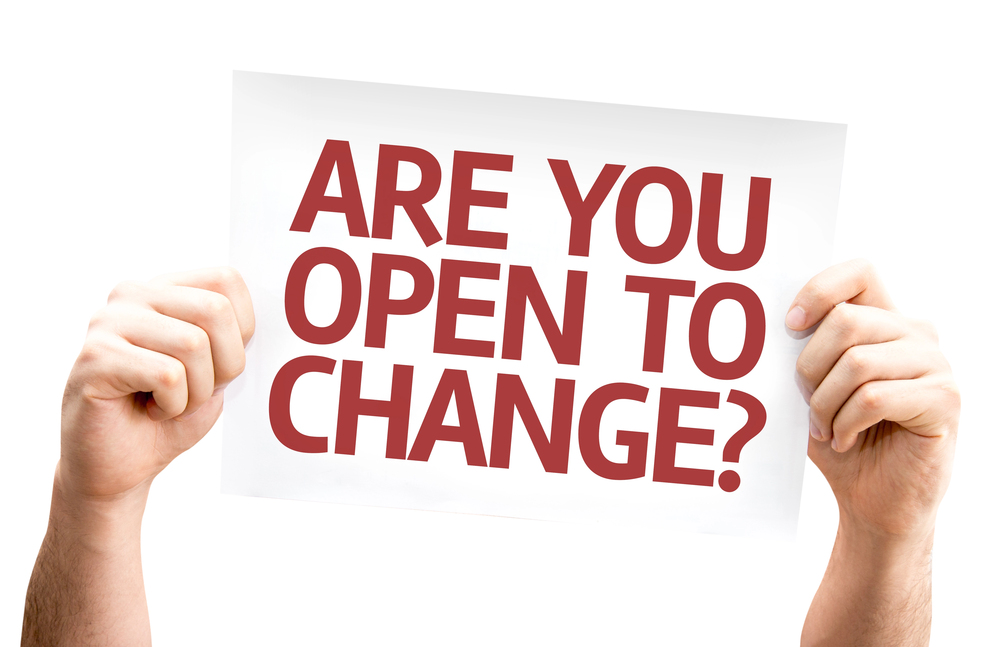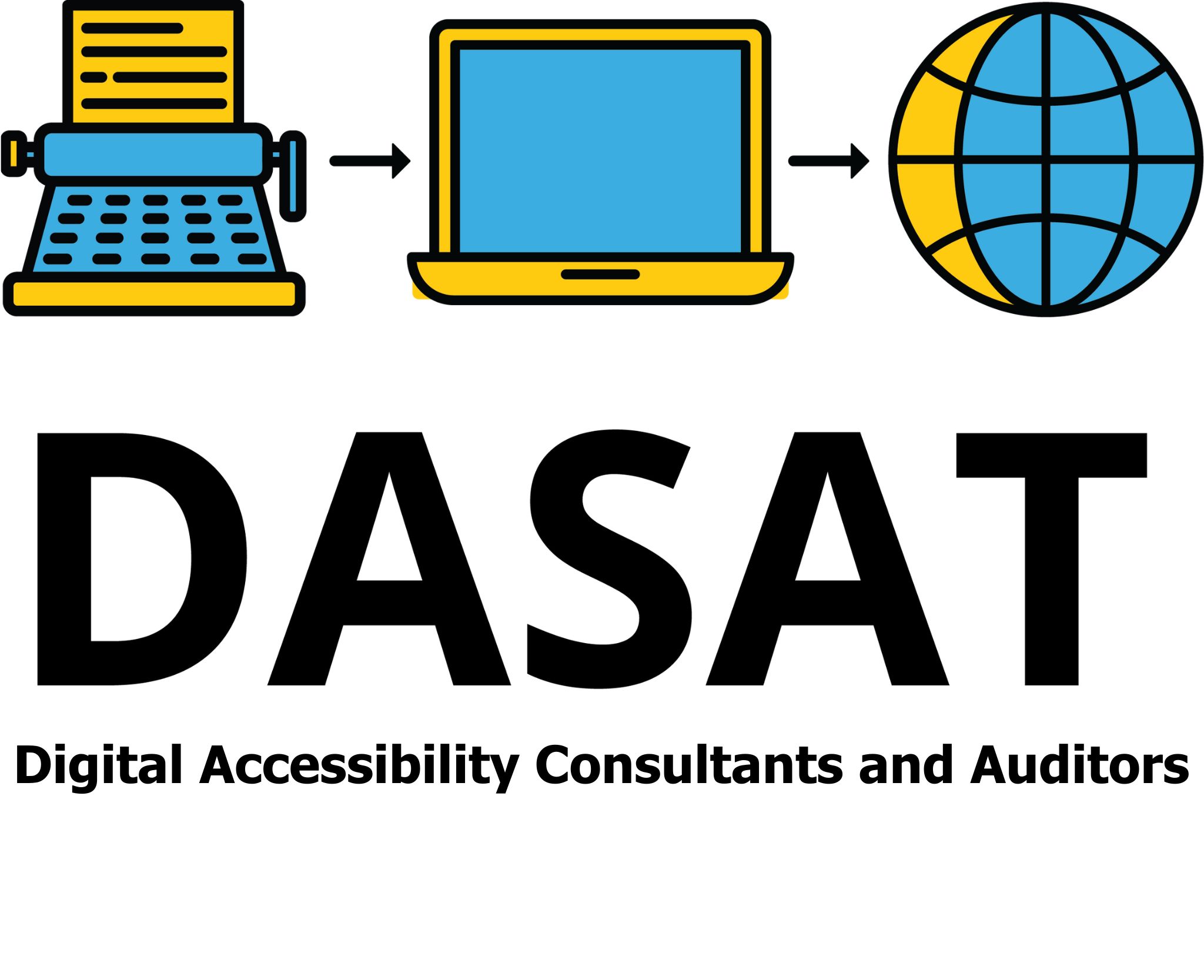
QR Codes: helpful or hassle?
Quick Response (QR) codes are those black and white squares you see on posters, menus, signs, and packaging. You scan them with your phone’s camera, and they take you straight to a website, video, or form. During the Covid pandemic, QR codes became more common than ever. They helped reduce touching shared surfaces, like menus and brochures. But while QR codes can be fast and easy for many people, they are not always simple for people with disability.
Remember that you can never be sued for not being digitally accessible. However, you can be sued for discrimination.
There are other means of information distribution such as NFC (Near Far Communication) Tags. Like the QR Codes they have to be set up correctly so that they are useful for people with disability.
What are the plusses and minuses of QR codes. How can we make them better for everyone, including people with disability?

The Pluses:
How QR Codes can help?
- Hands-free access: For people who have trouble using their hands, QR codes can be helpful. Instead of typing a long web address, a person can point their phone at the code and be taken straight to the information they need. This can be quicker and easier than using a keyboard or voice control.
- Reduces the need to touch surfaces: Some people with disability may have a higher risk of getting sick through touch. QR codes can help them avoid touching shared items, like menus or brochures, by giving access through their own phone. This adds an extra layer of protection.
- Fast access to information: QR codes can open up a lot of useful information quickly. Information might include how to use a product, how to find a location, or how to fill out a form. For someone who might need extra help or who uses assistive tools like screen readers, having the information in a digital format can make things simpler and easier.
- Can connect to accessible online content: If the website linked to the QR code is designed well, with clear writing, good contrast, and easy navigation, then people with vision, learning, or mobility difficulties may find it easier to use than printed material.

The Minuses:
What Makes QR Codes Hard to Use
- Not everyone can scan a QR code: To use a QR code, you need a smartphone with a camera and a steady hand. People with low vision, shaky hands, or limited motor or coordination skills can struggle to line up the phone camera with the code. If the code is too small, hard to see, or in a difficult place to reach, it can be almost impossible to scan.
- Bad placement or design: Some QR codes are stuck on or under glass, in dark corners, or too high or low on a wall. Others are printed too small or with poor contrast, making them hard to see for people with low vision or colour blindness. If the lighting is poor, the camera may not be able to read the code at all.
- No backup options: Sometimes the only way to access important information or services is through a QR code. That can leave people out if they don’t have a smartphone or if they can’t use it easily. This is a big problem in places like restaurants, where the only menu is a digital one, or at events where ticketing is QR-code only.
- Linked websites may not be accessible: Even if someone manages to scan the code, the website it links to might be hard to use. It may not work well with screen readers, may have small text, or may need fast typing skills. It might not meet the Web Content Accessibility Guidelines. This can lead to frustration and exclusion.

Tips for Making QR Codes Work Well
- Always have two ways to access the same information. Always have a second option. If a QR code links to a menu, also have a printed menu. If it links to a form, give people the option to fill it out on paper or over the phone. Choice is key.
- Make QR codes easy to see and reach. Use large, high-contrast QR codes. Put them at an average eye level. Don’t place them in dark spots or on shiny surfaces like glass. If possible, include a short web address near the code so people can type it in if needed.
- Test the linked websites for ease of use. Make sure that the website the QR code links to is simple and easy to use. That means big text, clear buttons, and good contrast. It should also work with screen readers and voice control tools. Ensure that the website meets the Web Content Accessibility Guidelines (WCAG) and Digital Accessibility Standard AS EN 301 549:2024 (Australian Standard for Digital Accessibility). If you’re not sure, ask us.
- Add helpful instructions. Not everyone knows how to use a QR code. Include a short line like, “Open your phone camera and point it at the square to open the menu.” For people who are new to smartphones, this can make a big difference.
- Keep the digital experience short and simple. Once someone scans the code, they should get to the information fast. Avoid long forms or pages full of tiny text. Keep it clear and direct.

In Summary
QR codes can open doors for people with disability when they are done well. But when they are used badly or without other options, they can be a barrier. The key is to think about different needs and give people more than one way to get the same information.
By making QR codes easier to scan and linking them to accessible websites, we can make life a little simpler for everyone.
Have you checked how usable your QR codes really are?
